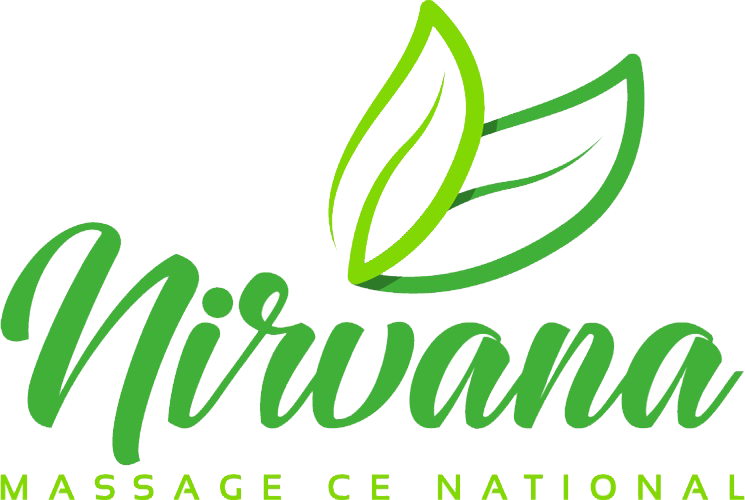Product Description
This 5 CEU continuing education course introduces Ayurveda, which is a form of traditional medicine dating back over 5,000 years. It makes up an integral part of traditional Indian culture. Ayurveda is a holistic practice that emphasizes not only the treatment of disease but the care of the mind and soul. In Ayurveda, daily massage in combination with specific oils brings a person back to wholeness and health.
Course Outline:
Course Outline:
- Chapter One: What is Ayurveda?
- Chapter Two: The Temperaments or Tridosha
- Chapter Three: Benefits of Ayurveda Massage
- Chapter Four: Determining the Client’s Constitution
- Chapter Five: Oils
- Chapter Six: Ayurvedic Massage Strokes
- Chapter Seven: Abhyanga
- Chapter Eight: Garshanaa
- Chapter Nine: Udvartana
- Chapter Ten: Shirodhara
- Chapter Eleven: Other Forms of Ayurvedic Massage
Product Videos
Custom Field
5 CEUs 5 CREDIT HRS (5 CEUs)



